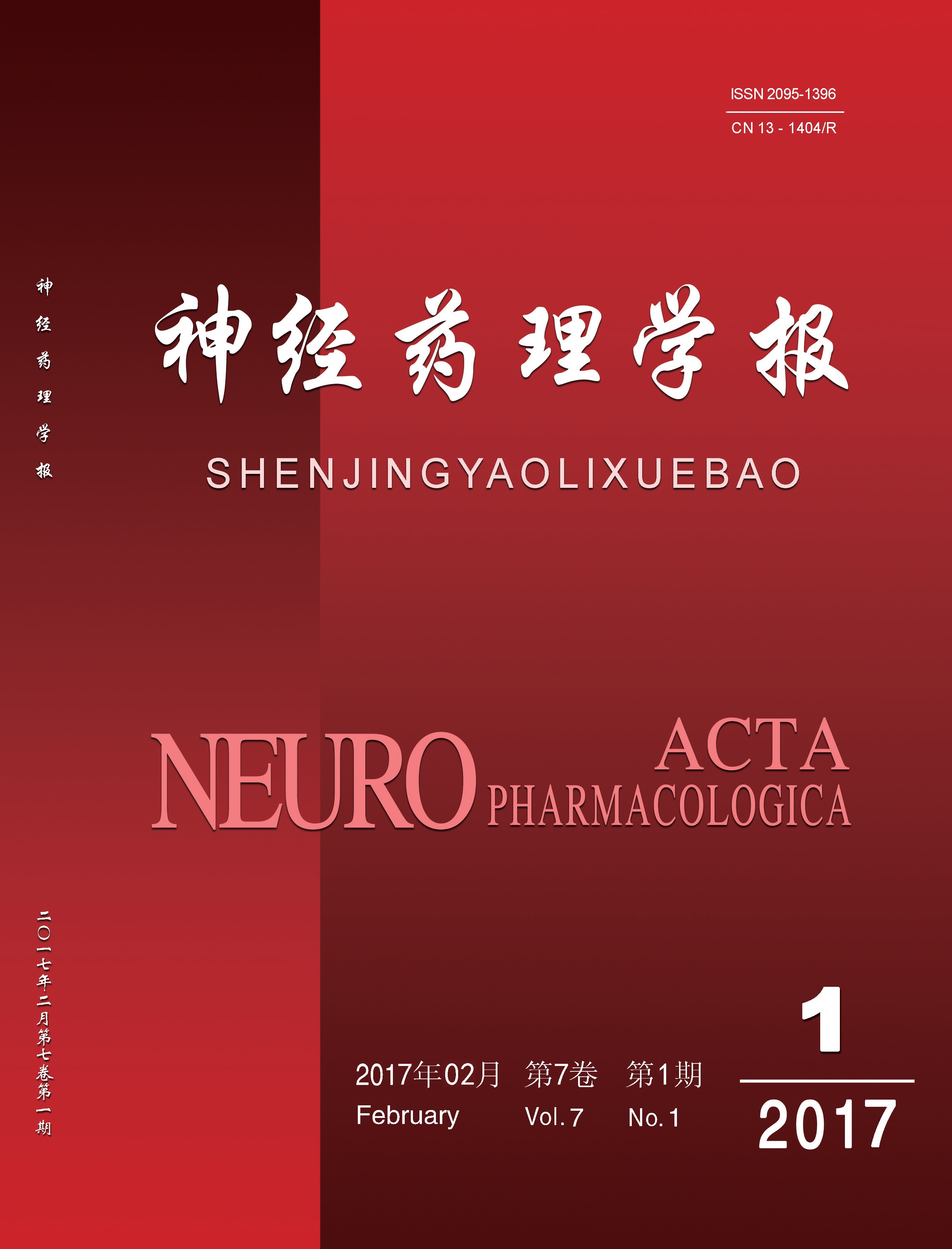|
Culture Method of Rat Fetal Hippocampal Neurons and Astrocytes
ZHANG Nan,XIONG Wen-wen,XING Yuan,ZHANG Wei
2017, 7 (1):
24-28.
DOI: 10.3969/j.issn.2095-1396.2017.01.003
Objective:To develop an improved culture method of neurons and astrocytes from hippocampus of SD rat fetuses in order to aquire high purity hippocampal cultures. Methods: The cultures of primary hippocampal neurons and astrocytes were prepared from SD rat fetuses at gestation day 18~20. After decapitation,the rat embryonic hippocampal tissue was taken out, sepatated and cutted into cubes quickly on ice. Then hippocampal cubes were transferred to the dissociation enzyme slolution after being washed in HBSS for three times. We chose Accutase and 0.1% Dnase as the digestion enzymes. The hippocampal tissue was incubated at 37 ℃ for 15 min with gentle shaking. Tissue digestion was stopped by being washed with HBSS for three times.
After digestion,the tissue was gently triturated with triturating solution containing Neurobasal, B-27 and 0.1% DNase. The cell suspension was passed through sterile nylon gauze (80 mm). The hippocampal cell suspension was plated in 24-well plates coated with poly-D-lysine at a density of 2.5 × 104 cells·cm-2. The cultures were maintained at 37 ℃ in a humidified atmosphere of 5% CO2 in DMEM medium supplemented with 10% Fetal Bovine Serum. After 4 h of initial plating,the medium was replaced with different medium according to targeting culture status( pure neurons,pure astrocytes or mixed culture). After 7~10 days in culture,the rat hippocampal cells could be used in follow-up experiments. Results:With this method,we aquired high purity hippocampal culture from rats. By changing different medium,we aquired different culture status,pure culture of neurons or astrocytes,or mixed culture of both cell types. The purity of pure culture cells was higher than 98% (both neurons and astrocytes). Conclusion:We developed an improved culture method based on traditional cultivation. This method has lower difficulty in operation and higher stability.
References |
Related Articles |
Metrics
|

